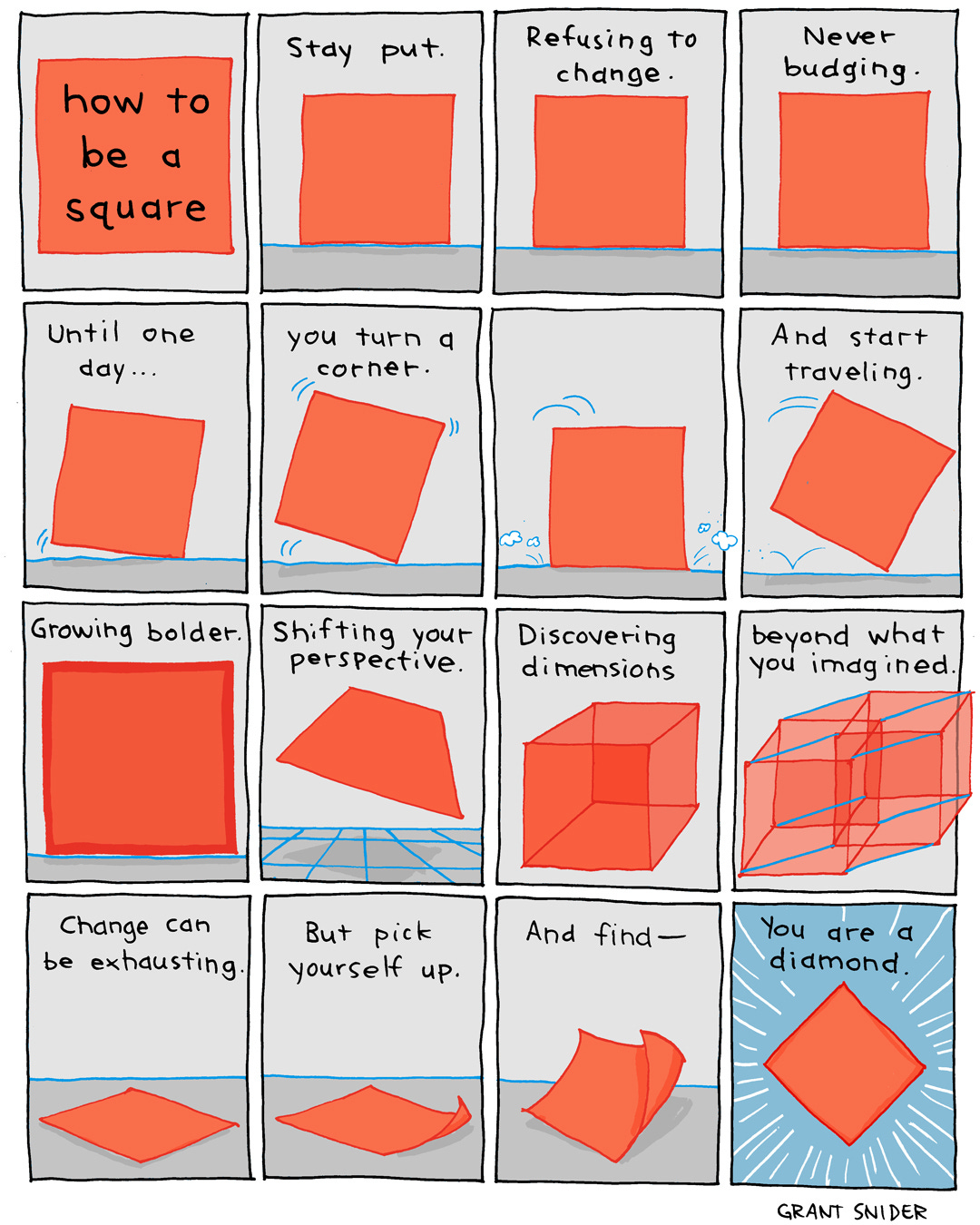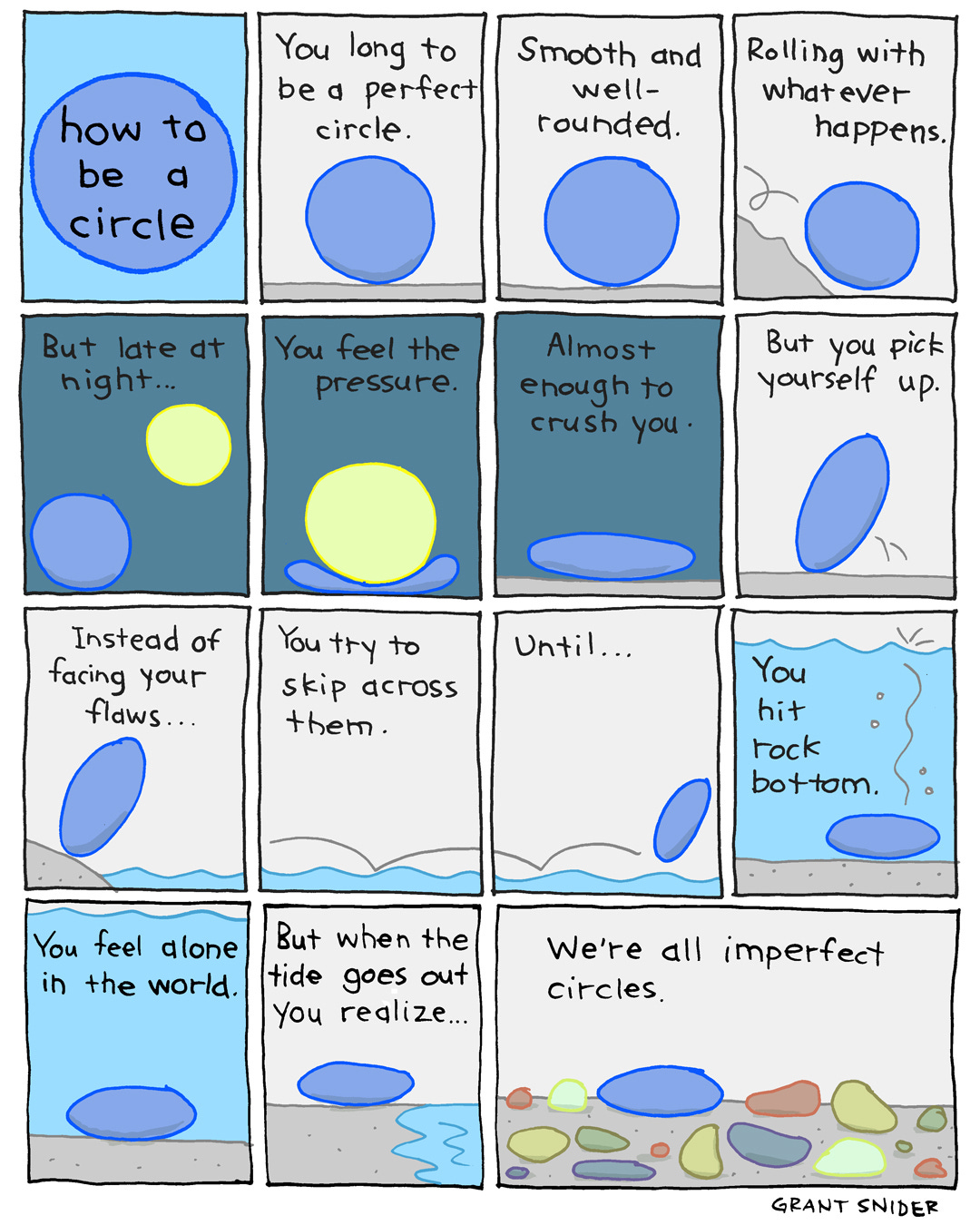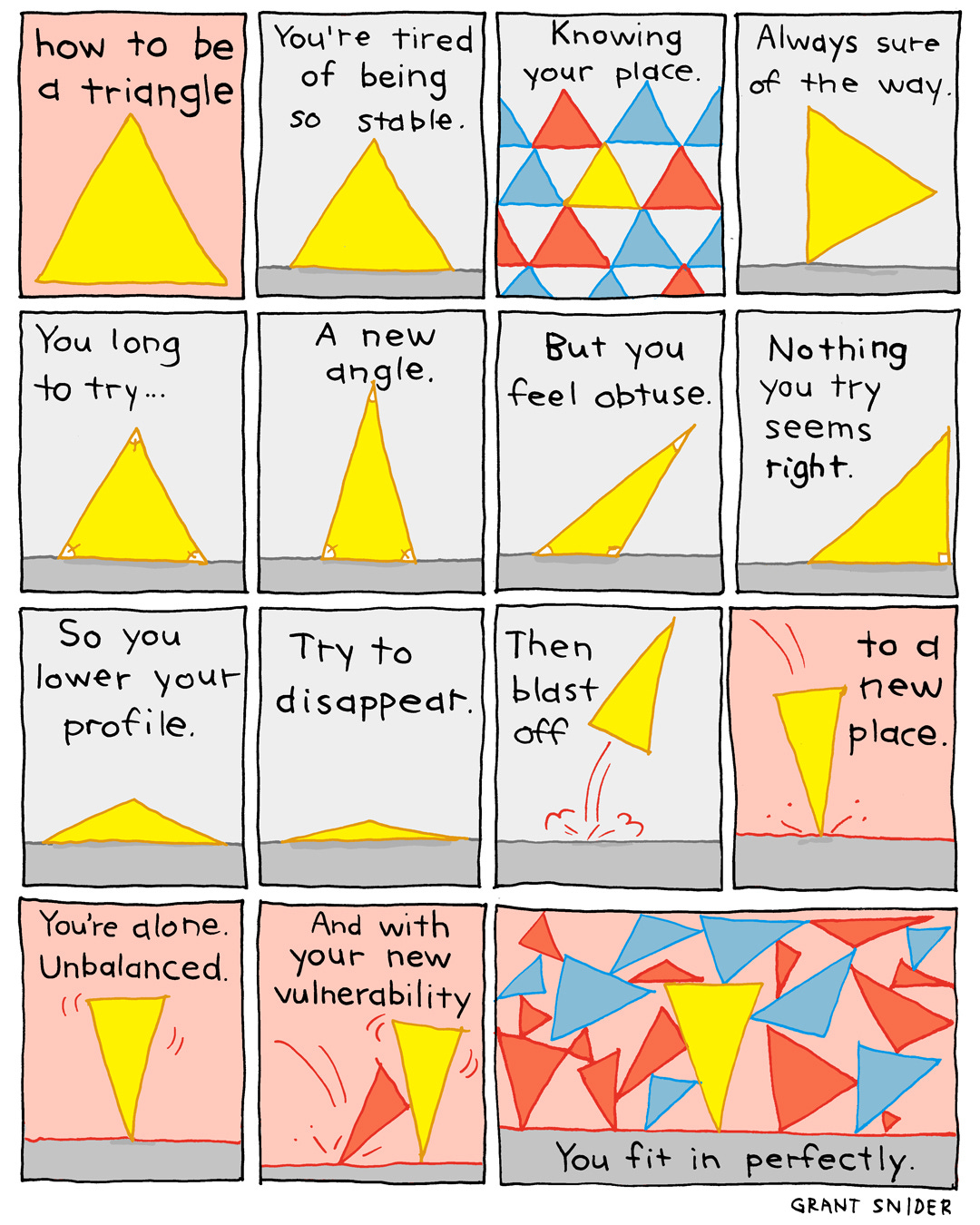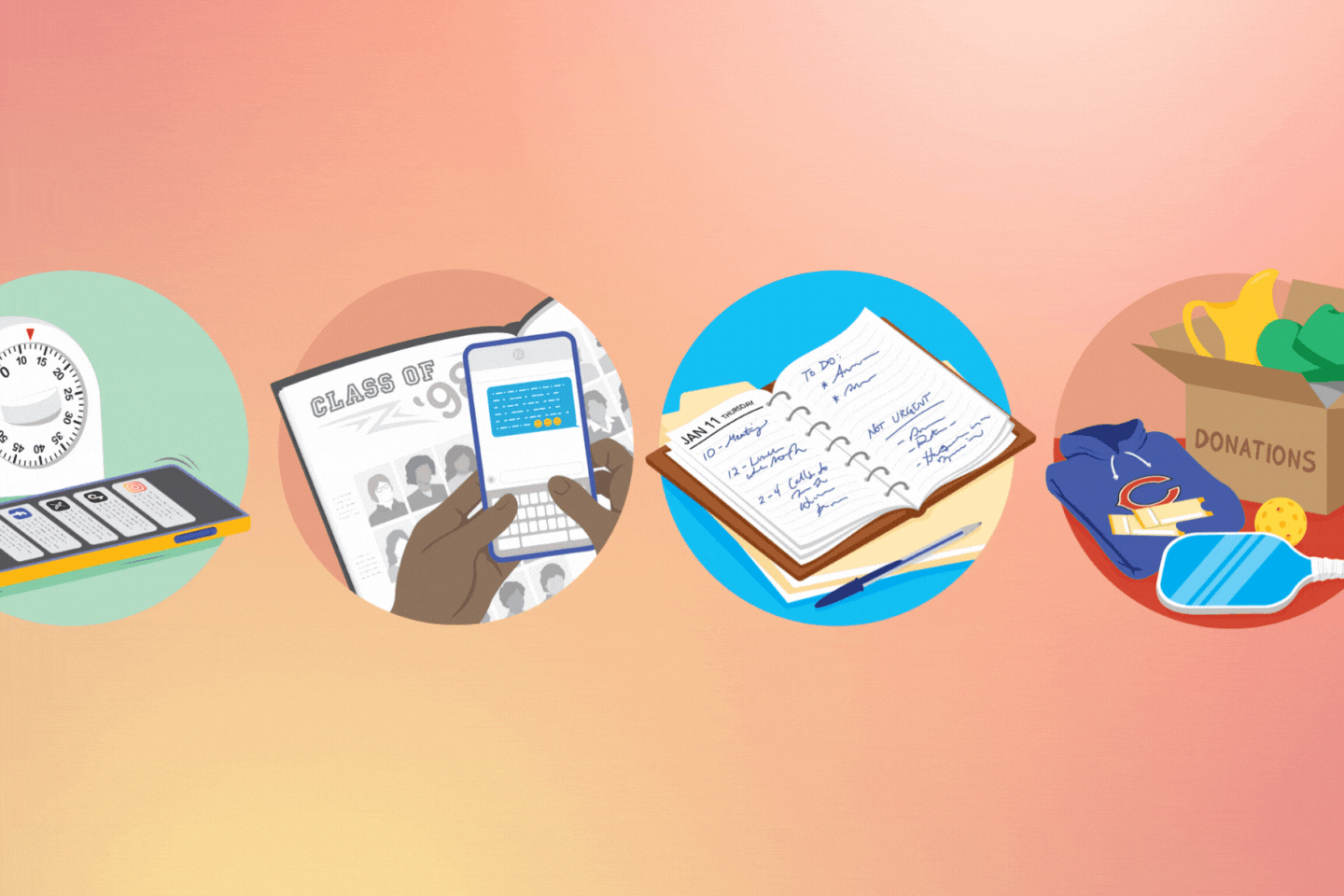HERE’S A BILLION REASONS
I HAVE MORE HOPE
ON THIS MONDAY MORNING BLOG POST. . .
Watch this. It is beautiful. This is THE moment when students of Albert Einstein College of Medicine got to know that they no longer have to pay any fees. Ruth Gottesman, a former professor at the college announced that she is donating USD 1 billion to the school. The college followed up and made themselves tution free rather than shoring up its reserves. With no student debt overhang, many students will now be able to pursue medicine as a public service.

Now here’s the thing, I may not have $1 billion to donate but I have a billion other ways which I can contribute to make the world a better place and make lives around me easier. As a Caring Catalyst, so do you. Let’s do what we can to make this more than just a nice Monday morning blog post in a billion other different ways!

































